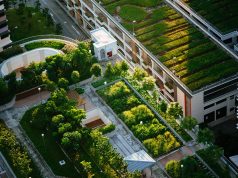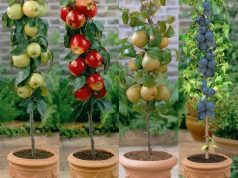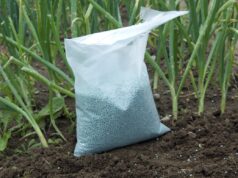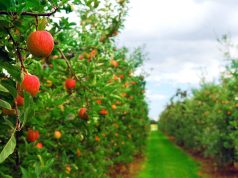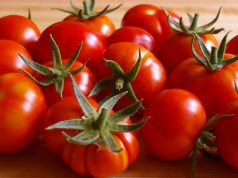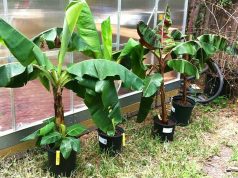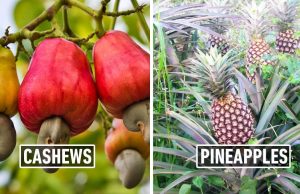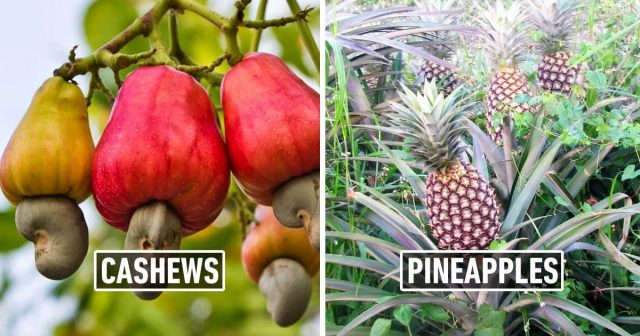
Most people know how regular, common fruit grows. For example, cherries grow on trees and strawberries grow on vines. However, how do cashews grow? Thanks to the advanced food system of today, we can get and grow different crops from anywhere in the world, even vanilla from Madagascar, or bananas from Ecuador. Naturally, the downside of produce from faraway lands is that we cannot run into their fields and see how they are grown exactly. For most people around the world, the manner in which popular fruits and vegetables grow from the earth is a complete mystery. Here are explanations on how some of the most unexpected ways popular plants grow before arriving at your stores and homes.
Pineapple
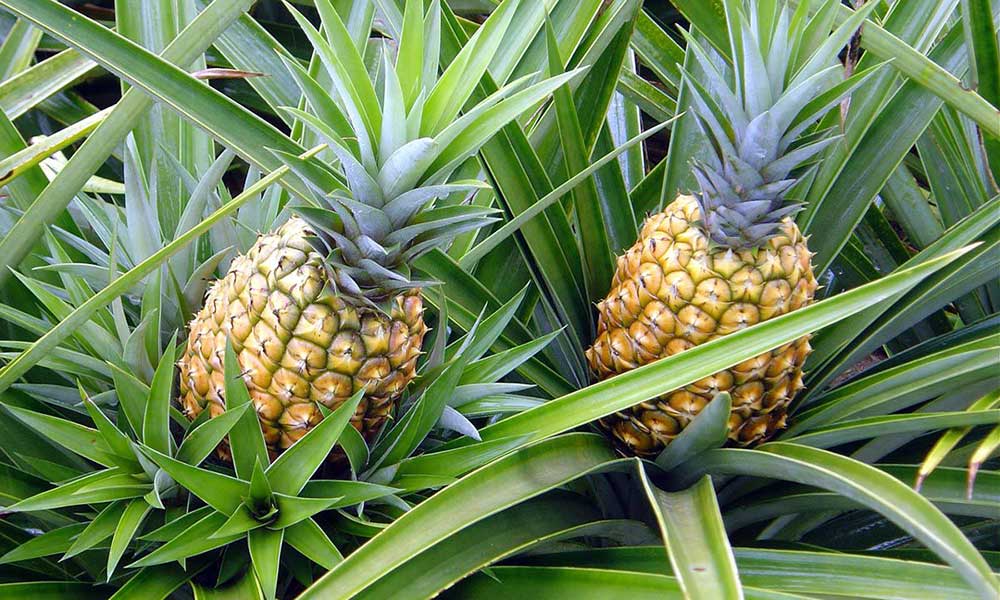
Although many believe pineapples grow on trees, the fruit is an herbaceous perennial, which has soft, leaves similar to palms, and no woody stem at all. Actually, pineapple falls into the same family as air plants. It grows out of the center of the plant, and only when it is old enough to flower, which can last from two to three years. If that is not weird enough for you, get ready for this. Pineapples are actually berries, coalesced or cluster berries, but still berries.
Cacao or cocoa beans
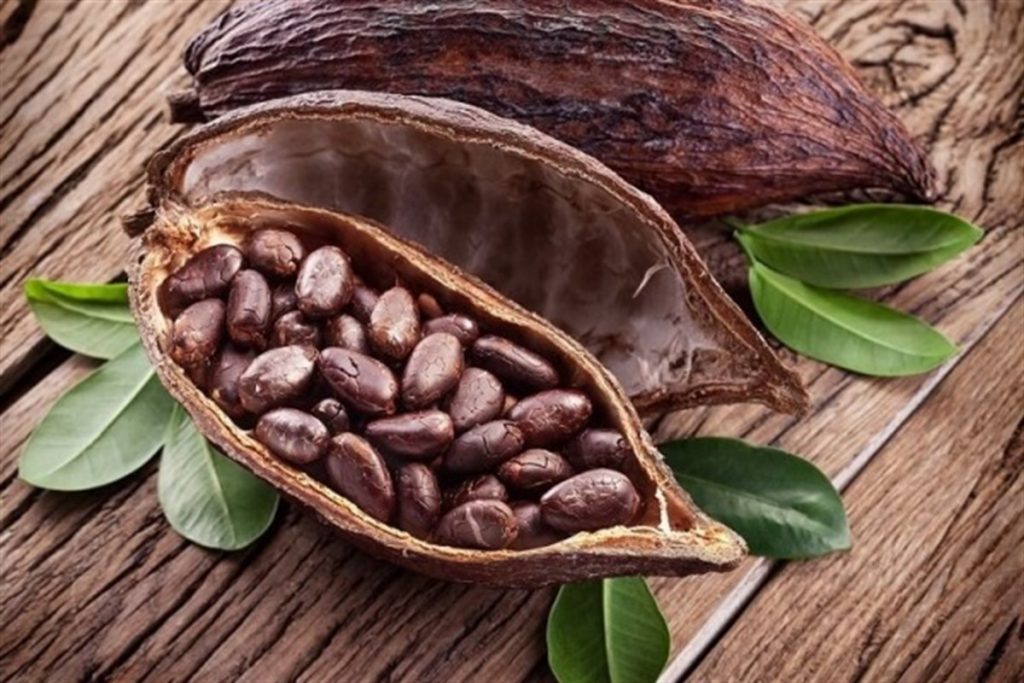
Amazingly, chocolate comes from the seeds from a so-called Theobroma cacao tree. However, you cannot just grind the seeds up and make chocolate. They need to be roasted and fermented first, which is a complex process.
Vanilla
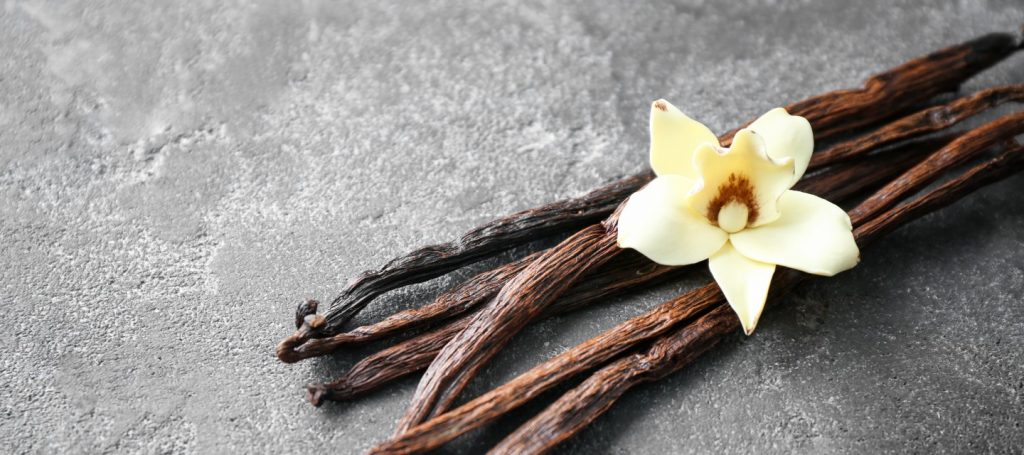
Another exciting fact is that vanilla is the edible fruit of an orchid plant. It is not grown in many parts of the world, and mostly comes from Madagascar. In addition, the bee that naturally pollinates vanilla only lives in Mexico and Central America. Therefore, everywhere else it has to be hand pollinated, which is one of the reasons it is so expensive.
Asparagus
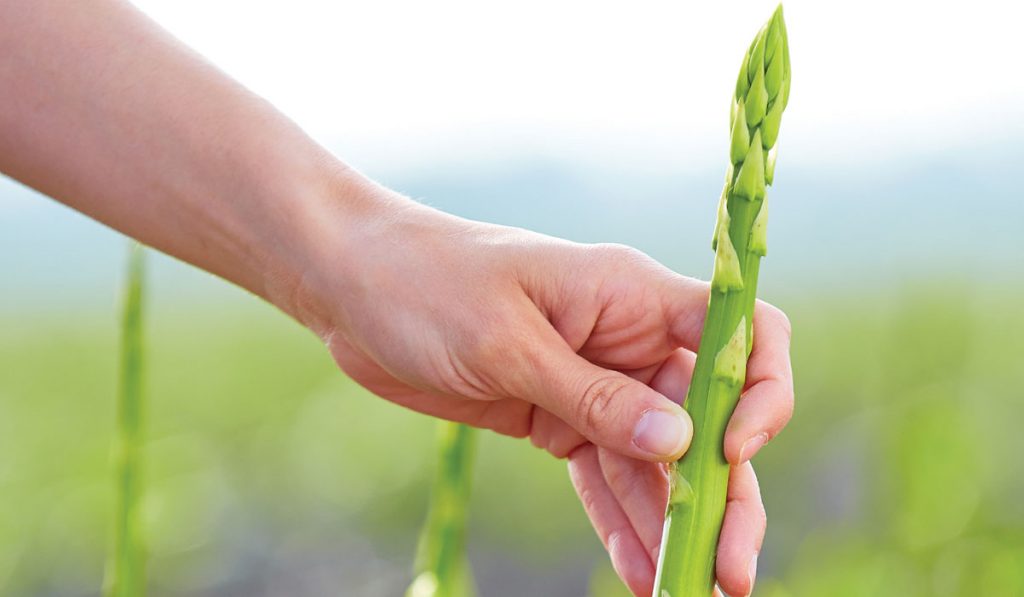
Each asparagus stalk comes out of the ground like a small skinny green tree. It is a perennial plant, which means that it grows back year after year, even after being cut. If you leave it be, the top part will flower. As it grows taller, it develops leaves around it that are fern-like. Eventually, the plant produces tiny red berries, which are toxic.
Cashews
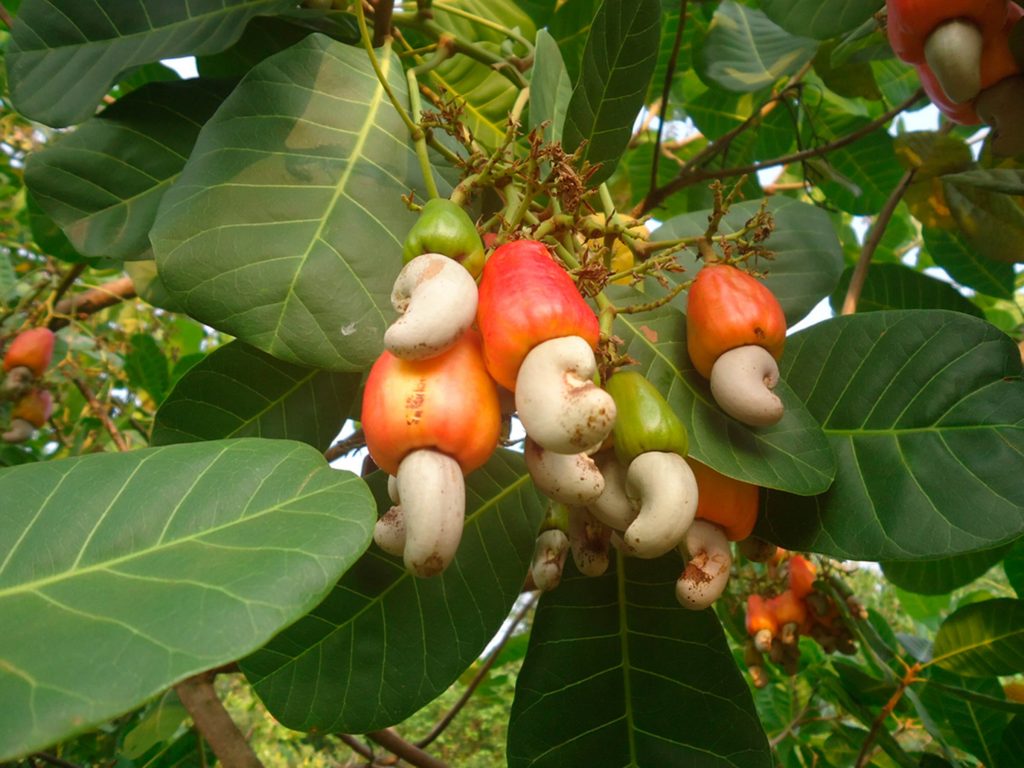
Cashews grow on trees, but that is not all. The nut of the cashew is actually encased in a shell, at the base of the fruit. This is commonly known as the cashew apple. In many countries where they are commonly grown, people make jellies, drinks and distilled liquor from the “apple”.
Peanuts
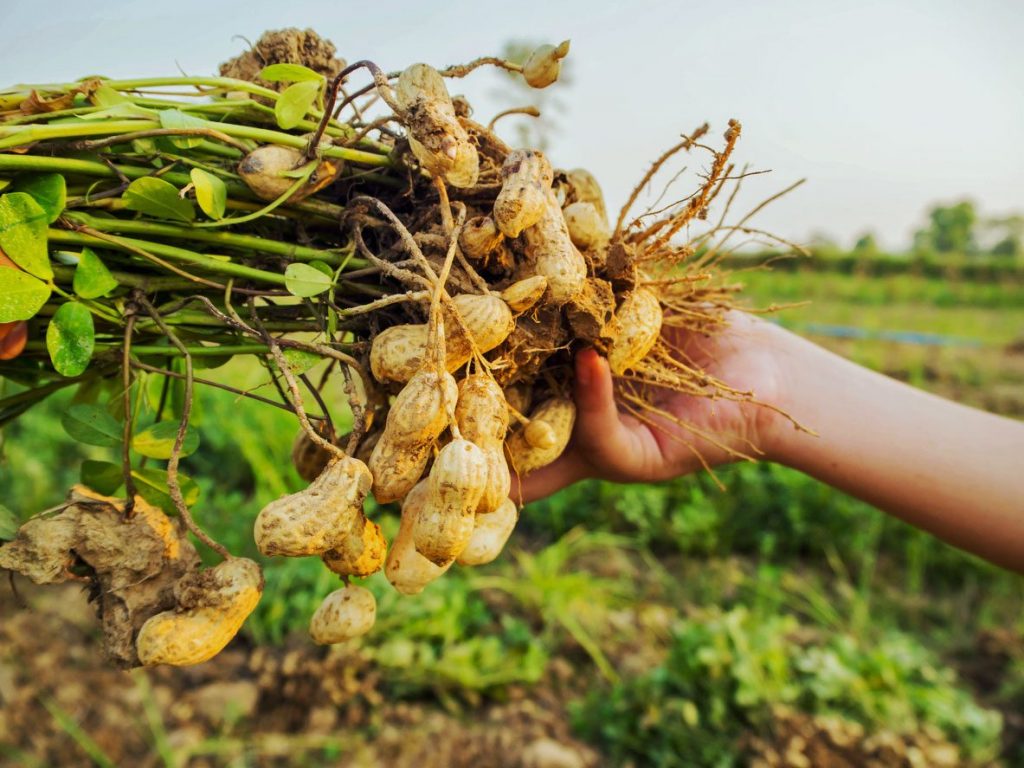
Everyone’s favorite bar snacks are legumes and not nuts. This, therefore, puts them in the same group as kidney and lima beans. Nothing will prove this more than seeing them freshly dug right out of the ground, growing like beans.
Coffee
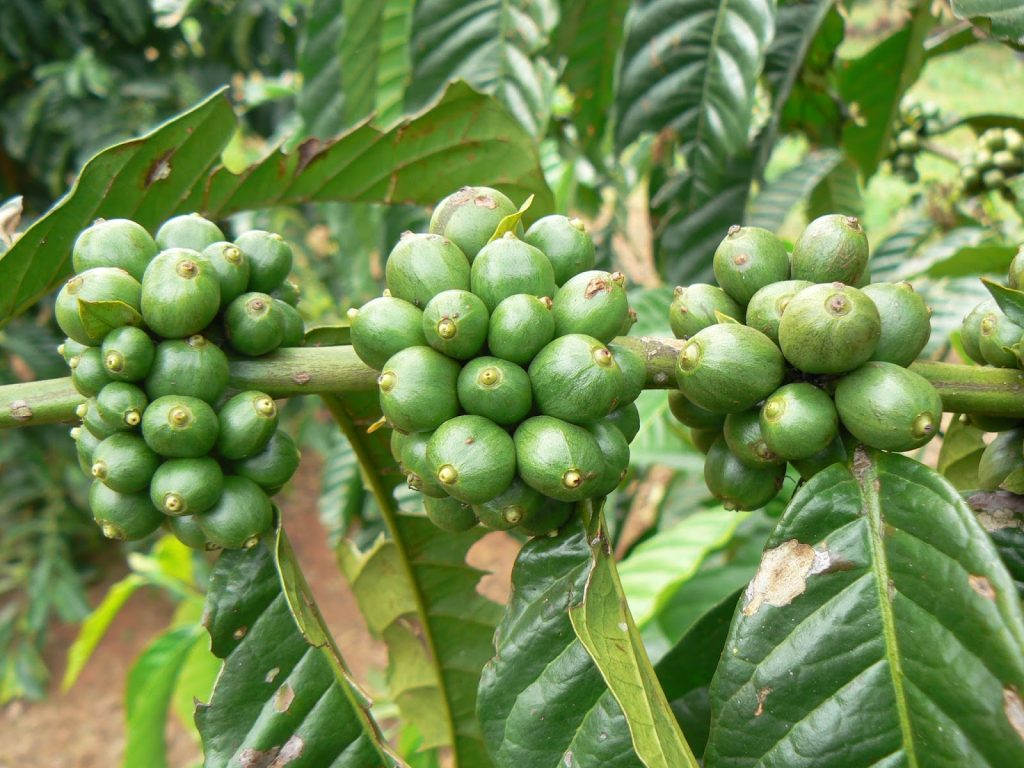
Like chocolate, the coffee we get coffee from seeds, but these are encased in a brightly colored fruit similar to cherries, often called coffee cherries. It grows on a plant that looks like a bush, or a small tree. Coffea arabica is the verity from which most of the world’s production comes. Coffea canephora covers the rest. Western civilizations disregard the cherry part, which can be brewed into tea.
Artichoke
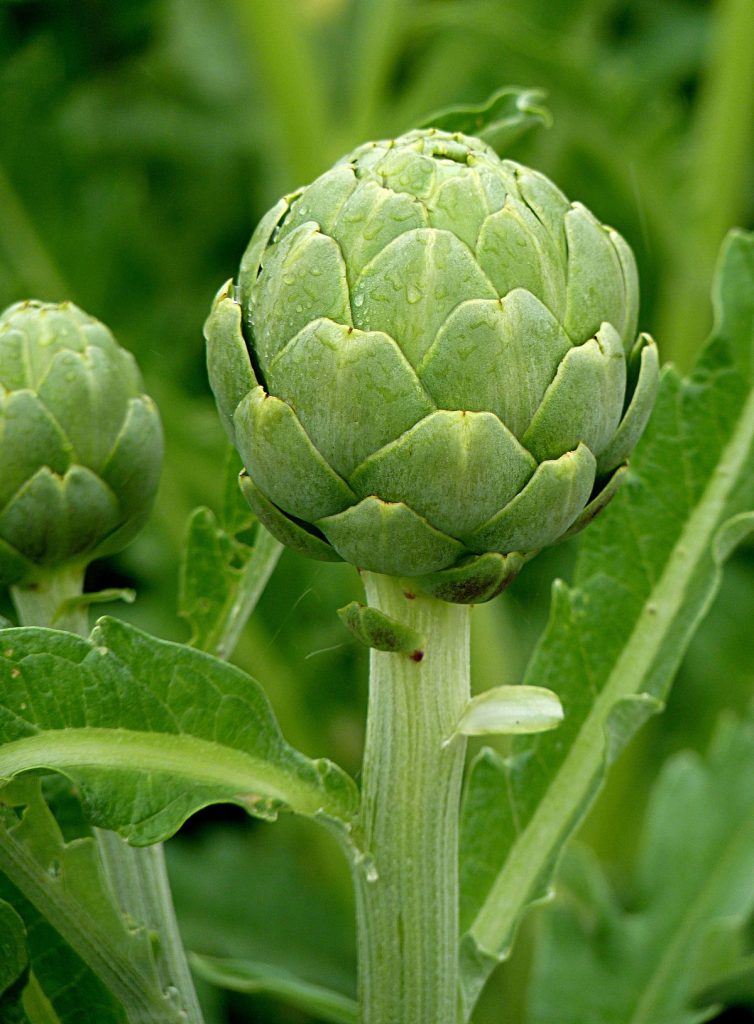
Artichokes belong to the same family as thistles, where you eat the flower before it has even bloomed. Regarding how it grows, it hangs on a stalk, right in the middle of a cluster of even smaller flowers.
Chickpeas
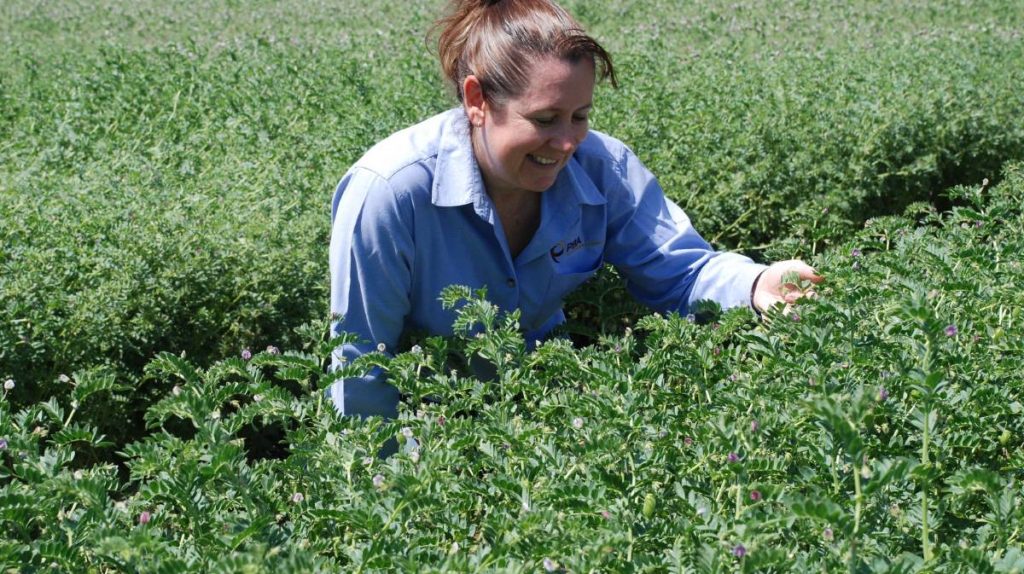
People would expect that these, like normal peas, grow in a pod from multiple seeds. They do grow in pods. However, there is only one chickpea inside each one. Therefore, these legumes have a unique appearance while growing.
Capers
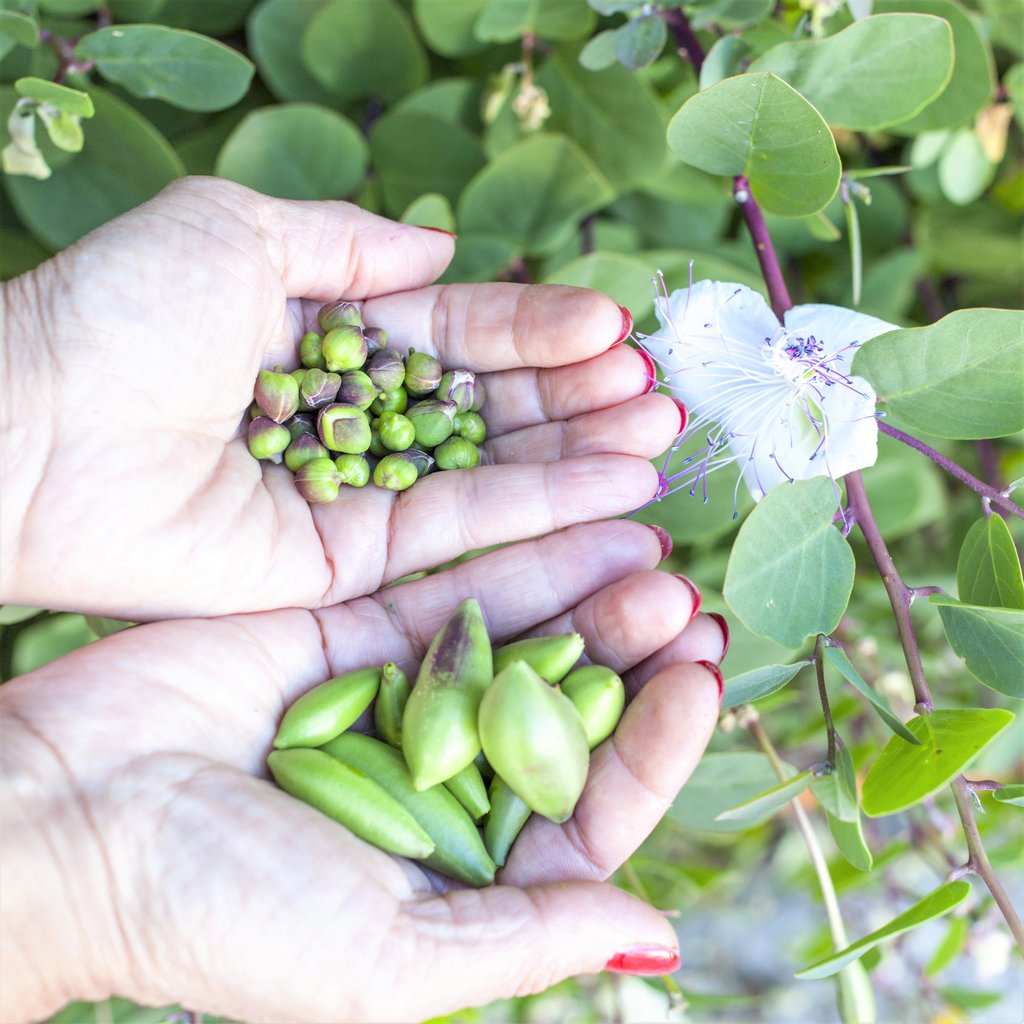
Like the artichokes, capers are edible flower buds, which people usually eat pickled. They are picked much before they actually bloom.
Brussel Sprouts
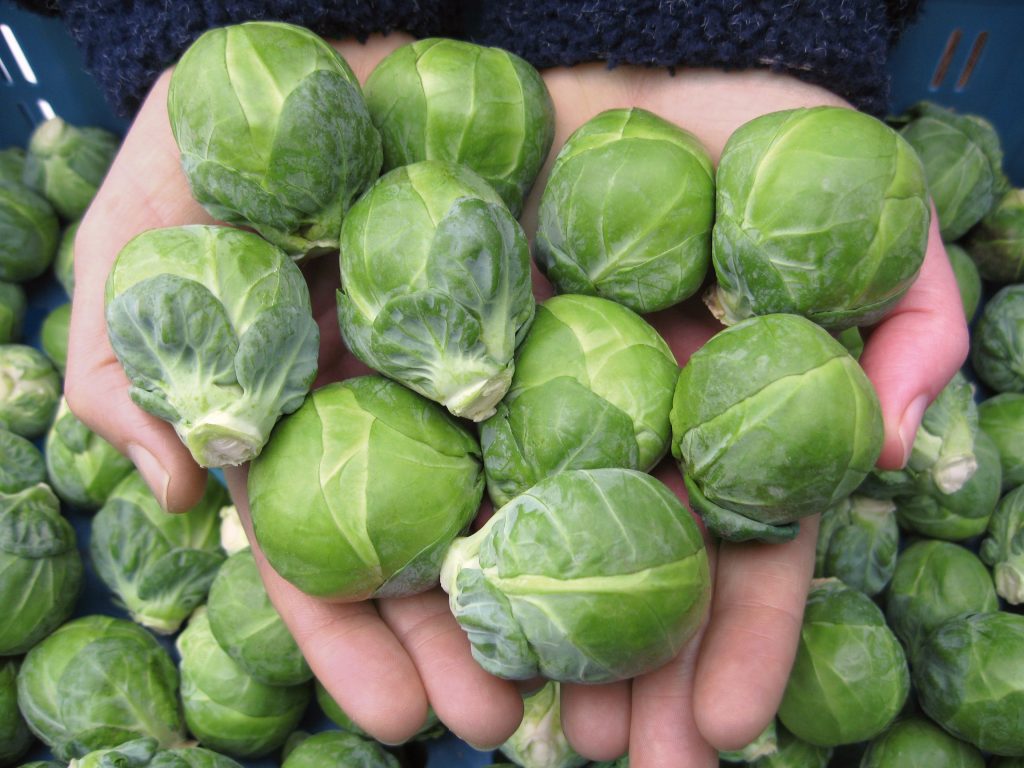
Brussels sprouts are also buds that are edible and belong to the same species as cabbages. This almost fully explains why they grow on fibrous stalks. Brassica oleracea, their parent species, has over a dozen cultivars, which are varieties bred in order to grow into plants that look wildly different from each other. Weirdly, cauliflower and broccoli are the same species with them. These plants also share DNA with kale, kohlrabi, and various decorative cabbages.

